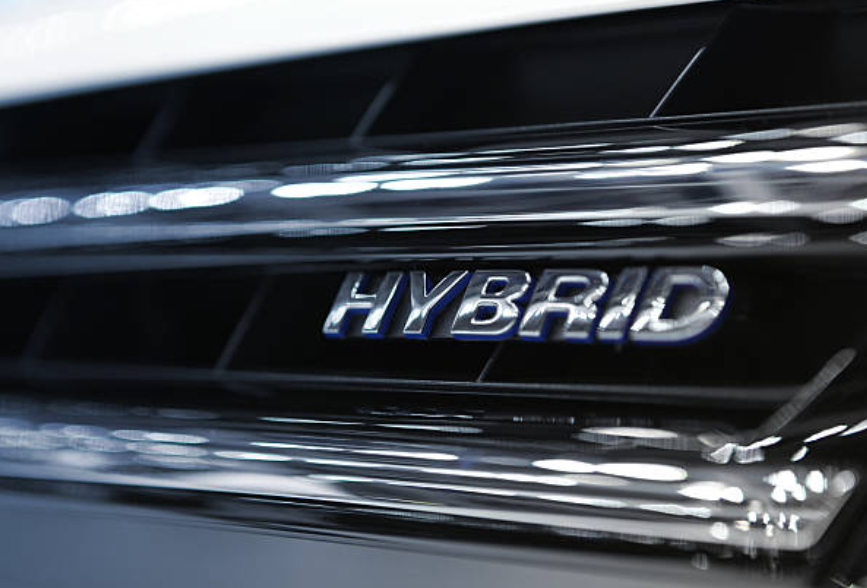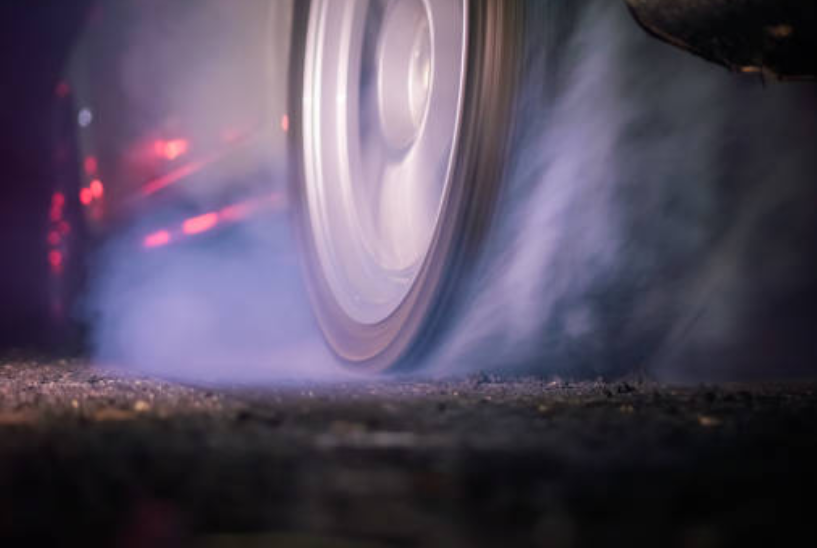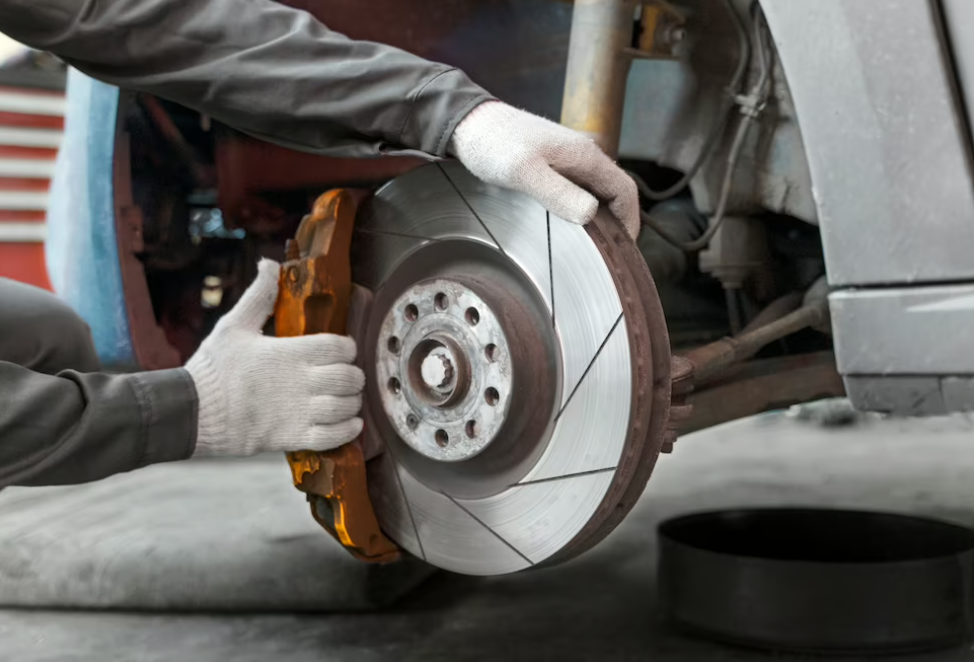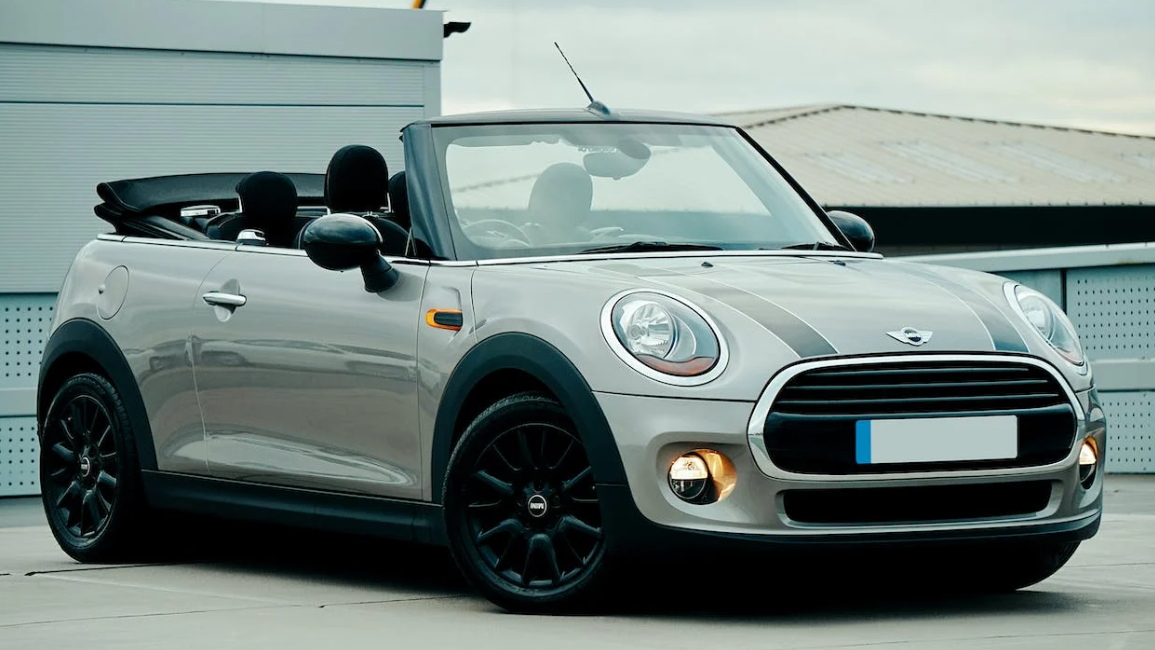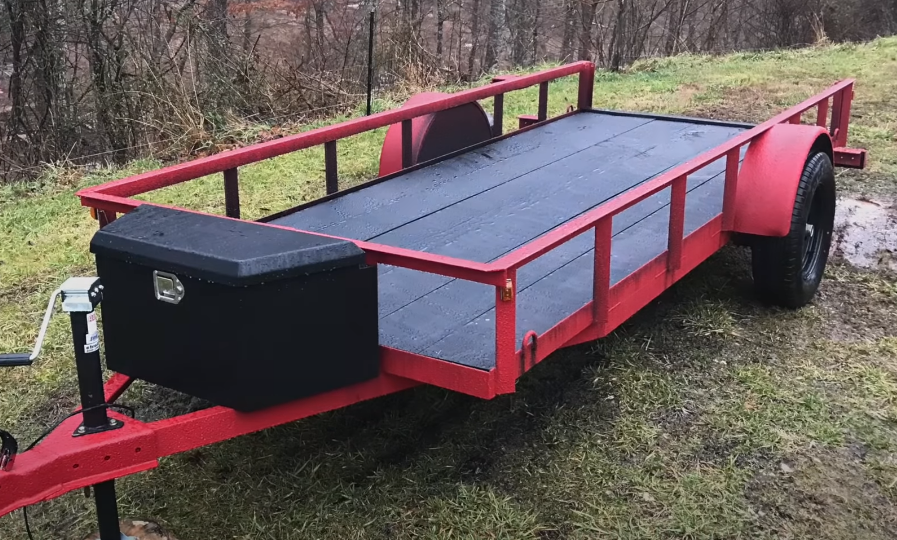What Should You Do When Your Car Gets Stuck In Snow?
While wintertime presents picturesque vistas of snow-covered roads, it also presents challenges for drivers. Getting your car stuck in the snow is one of the most common, and sometimes hazardous, situations. But if you are prepared and have the right information, you can manage this situation safely. This blog aims to give you a comprehensive plan for dealing with a car that gets stuck in the snow so that you can travel safely and worry-free during the winter.

Understanding The Situation
Common Reasons for Cars Getting Stuck in Snow:
- Sudden snowstorms or blizzards reduce visibility and traction.
- Driving on unplowed or icy roads.
- Losing control due to speeding or sudden maneuvers.
Risks Associated with Being Stuck in Snow:
- Exposure to cold temperatures if stranded for an extended period.
- Potential for accidents if not properly handled.
- Damage to the vehicle's components, such as tires or suspension.
The Importance of Remaining Calm and Assessing the Situation:
- Anxiety may make things worse.
- Making educated selections requires pausing to evaluate the environment and the state of the car.

Winterizing Your Vehicle:
- Winter tire installation for increased traction.
- Verifying the condition of the battery and the antifreeze levels.
- Making sure all necessary fluids, such as engine oil and windshield washer fluid, are kept full.
Packing an Emergency Kit:
- Including items such as a flashlight, blankets, non-perishable food, water, and a first-aid kit.
- Adding a shovel, ice scraper, and traction aids like sand or kitty litter.
Knowing Your Route and Weather Conditions:
- Checking weather forecasts before traveling.
- Planning alternative routes in case of road closures or impassable conditions.

Step-by-Step Guide for Assessing the Situation:
- Checking for nearby hazards or obstacles.
- Evaluating the depth and density of the snow around the vehicle.
- Determining if the vehicle is simply stuck or immobilized due to mechanical issues.

Tips for Attempting to Free Your Vehicle:
- Removing snow from under the car and around the tires.
- Enhancing grip by applying traction aids, such as sand or cat litter.
- Gently swaying the car back and forth to increase speed.
Knowing When to Stop and Seek Assistance:
- Avoiding excessive strain on the vehicle's components.
- Calling for professional assistance if attempts to free the vehicle are unsuccessful or if conditions worsen.
Keeping Yourself and Passengers Safe:
- Ensuring everyone stays inside the vehicle with seatbelts fastened.
- Uing hazard lights and reflective markers to increase visibility for other drivers.
Warning Other Drivers of Your Situation:
- Placing reflective triangles or flares at a safe distance behind the vehicle.
- Using a brightly colored cloth or flag to signal distress to passing motorists.
Staying Warm and Hydrated
- Running the engine intermittently for heat while ensuring proper ventilation to prevent carbon monoxide buildup.
- Sharing body heat and covering with blankets to retain warmth.
Contacting Emergency Services:
- Dialing emergency services or roadside assistance if in immediate danger.
- Providing clear and accurate information about your location and situation.

Calling a Tow Truck or Roadside Assistance:
- Requesting assistance from a professional towing service equipped to handle snow-related incidents.
- Providing details about the condition of the vehicle and any relevant circumstances.
Checking Your Vehicle for Damage:
- Inspecting tires, suspension, and undercarriage for signs of damage.
- Addressing any issues promptly will prevent further complications.

Reflecting on the Experience and Learning from It:
- Considering what factors contributed to getting stuck and how to avoid similar situations in the future.
- Sharing lessons learned with friends and family to promote safer winter driving practices.
Reevaluating Your Winter Driving Preparedness:
- Updating your emergency kit and ensuring all necessary supplies are stocked.
- Reviewing your vehicle's maintenance schedule to address any potential issues before they become critical.
How can I avoid having a snow-covered car?
Put on winter tires, drive slowly, steer clear of unexpected situations, and check the weather before you go.
What happens if I am in a far-off place where there is no mobile service?
Wait for assistance to arrive while remaining in your car and making use of emergency supplies and signals to draw attention.
Is there anything I can use to help with traction?
It is preferable to utilize materials specifically made for traction in snowy weather, though sand or cat litter might also work.
Even in the most hazardous driving conditions, you may safely maneuver through winter driving conditions with the right preparation and a cool, collected approach. Your ability to manage a car stuck in the snow and protect your passengers and yourself will improve if you adhere to the instructions provided in this thorough handbook. Keep in mind that having a good winter driving experience requires being aware, organized, and composed.
Click on the following link to read another blog post: How Are Tires Made?


